[Review] Omega VRT330 Masticating Juicer
Last updated on
This mid-range masticating juicer is both silent and deadly (if you’re a vegetable).
We Put This Omega Through its Paces…
Since the middle of June, we have been using the Omega VRT330 vertical masticating juicer. It’s been a while since we’ve published a juicer review, so we wanted to start with something that represents a bit of a bargain in the juicing market.
The VRT330 is an excellent bang for your buck juicer. While it does come with some compromise, it is overall a fine juicer that most people will find suitable for their needs. It’s affordable and still easy to find on sites like Amazon and eBay.
So that’s the short version: if you want an upright masticating juicer, the VRT330 is a pretty good one. Keep reading for 2,000 words breaking down why.
Review Navigation
Use Case
We purchased this Omega on June 13 and have been using it several times per week. We primarily juice fruits and watery vegetables, such as celery and cucumber.
We immediately cleaned the juicer in hot water and soap after each use.
Initial Impression
The VRT330 sits in the middle of the pack in terms of pricing and is currently available on Amazon for about $260. That price lifts it above no-name juicers but still leaves plenty of room to go before you hit the mid-range ceiling.
Its upright form factor makes it easier to incorporate into a busy kitchen, and it’s powerful enough for just about any application. It has ⅕ horsepower on tap, and that power rotates the auger at 80 rpm.
On paper, the VRT330 impresses but it’s less so in person. While the base is made of metal and feels sturdy and planted, everything else is made of plastic- including parts that receive torque load frequently.
This isn’t entirely unexpected given the relatively affordable sticker price, but it’s a shame to see plastic everywhere.
All that said, the VRT330 comes with a 10-year limited warranty so they must be confident it will last a while.
Vertical Form Factor
Most people suggest a horizontal model if you want a masticating juicer. Compared to a vertical/upright juicer, horizontal juicers are supposedly a little better at handling light and leafy greens.
While I do not know the accuracy of that claim, I can say that the VRT330 gets sufficient yield from everything I put in it. If it’s a few ml short, it’s not something I’ve noticed.
On the other hand, the vertical form factor offers tangible benefits in terms of space utilization. It’s not exactly compact, but the VRT330 is quite efficient in how much space it takes up.
A downside to this is that the VRT330 doesn’t work well if you have low-hanging cabinets or some other type of height restriction. In our case, our cabinets sit low enough that we have to pull the juicer away from the overhang in order to use it.
But we do like that it sits tucked away next to our espresso machine and is otherwise out of the way until needed.
The VRT330 makes few compromises due to its form factor, but gains in terms of practicality.
Pulp & Yield Containers
The storage containers are shaped to conform to the VRT330’s body. They are made of rigid semi-translucent plastic and are of average quality. I would not wash these in the dishwasher as they would be unlikely to survive the stress of pressure and heat over the long-term.
Hand washing them should extend their life.
I’d be careful about jarring impacts or dropping them while full, as I can see this plastic cracking relatively easily.
So far, we haven’t noticed much wear on the containers. They don’t inspire confidence when it comes to longevity, though.
Get Yours on Amazon
When you make a purchase via one of our affiliate links, we may earn a small commission. We buy all the ingredients and juicers for our reviews and recipe posts and rely on this revenue to maintain our website. Thank you for supporting us 🙂
Ease of Use
Ease of use, as it relates to juicers, comes down to how much food preparation is needed, how intuitive the juicer is to use, and how laborious the juicing process is. There’s also cleaning, but that’s enough of a thing so as to warrant its own section (below).
In other words, is juicing with the VRT330 fine and dandy or complicated and annoying?
Food Preparation
The VRT330’s inlet opening is 2.5 x 1.5 inches, in a slightly ovoid shape. It looks kind of like a jelly bean.
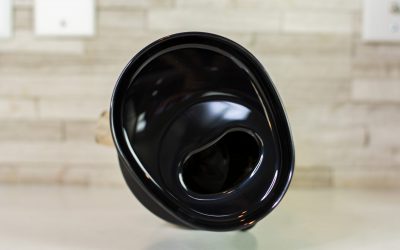
This makes it big enough that you aren’t required to slice and dice food into small chunks and slivers in order to juice hassle-free. It’s also big enough that most stalks of celery, carrots, cucumber halves, etc. fit into the tube without much fuss.
The included plunger fits the feeding tube perfectly, making it easy to feed your food to the auger.
The feeding tube is bigger than average and is a nice quality of life feature that helps differentiate a well-designed juicer from something that has less thought behind it.
In our experience, a good rule of thumb for the ideal sizes of food for the VRT330:
- Cut apples, beets, etc. into eighths
- Cut cucumbers into quarters
- Cut carrots in half
- Pack leafy greens into groups (but not too dense/thick)
The larger input port makes the VRT330 better than average in terms of food prep requirements.
Using the Juicer
If you know how to flip a switch, you are qualified to use this juicer. There is only one three-stage switch at the rear of the juicer: on / off / reverse.
Flick the switch down to engage the reverse cycle. Meant for short-duration use, the reverse gear helps unclog the unit in case something gets stuck in the mastication chamber.
Its middle position is the neutral or off position.
Flick the switch up to engage the juicer. Do not run the juicer dry (without food to juice) for long periods of time.
The VRT330’s low-speed auger tends to grab the food you’re feeding it, and in most cases, it requires almost no effort from the plunger to process fruits and vegetables.
Fruits
- Apples: Good, but don’t juice the cores or seeds
- Citrus: Good, some pulp will come through (don’t expect Sunny D!)
- Berries: Surprisingly good, blueberry juice is a thing!
Vegetables
- Celery: Excellent, the juicer is good at processing it
- Carrots: Good, a little input via plunger required
- Beets: Good, a little input via plunger required
Leafy Greens
- Wheatgrass: Good
- Kale: Good
Overall, most foods do not require much force to process and juice. The VRT330 performs best when the feeding chamber is half full. Do not overstuff or apply too much pressure.
Noise
Many juicers claim to be quiet, but the VRT330 is unique in that it actually is quiet. Assuming you don’t have any bedrooms on the same floor as the kitchen, you should be able to juice in the morning without waking up the whole house. Bonus!
Clogging
During my review of the VRT330 I only experienced one clog. It was with dry leafy greens, and more specifically, the pulp I re-ran through the juicer after its first go-around.
The reverse gear, combined with the poking tool I had handy (aka: butter knife), was able to dislodge the clog easily and within a few seconds, I was back in action.
Feeding fruits and vegetables at a mild pace, with moderate force behind the plunger, is the name of the game with the VRT330. At just 80 rpm, the auger isn’t masticating fast enough to efficiently accept too high or forceful an input.
Get Yours on Amazon
When you make a purchase via one of our affiliate links, we may earn a small commission. We buy all the ingredients and juicers for our reviews and recipe posts and rely on this revenue to maintain our website. Thank you for supporting us 🙂
Yield
The VRT330 is surprisingly efficient given that it’s a vertical single auger juicer. Vertical juicers sometimes have a reduced yield compared to horizontal models.
We tested the yield of the VRT330 by juicing our Green Energy Punch recipe three times. We then took the average yield across all three juice sessions.
Testing via the Green Energy Punch
Check out the Green Energy Punch juice recipe. I like this one because it’s refreshing and doesn’t contain too many sugars while still delivering me a nutritional (and tasty!) wallop. Yum!
When testing juicers, we standardize the ingredient weights:
| Ingredient | Weight |
| Pear | 185g |
| Celery | 131g |
| Granny Smith Apple | 192g |
| Cucumber | 191g |
Every juicer we test makes the above recipe/weights three times.
Resulting Yield
The average of three juices was 280ml of defined liquid (plus the foamy bits on top, which we are not factoring into our calculation). This makes the VRT330 one of the more efficient masticating juicers we’ve tested, vertical or otherwise.
Cleaning
Like many of Omega’s juicers, the VRT330 is a joy to clean and greatly simplifies what is often a tedious chore.
I was taught that the best way to enjoy something for a long time is to take care of it. When it comes to juicers, that means cleaning and drying the components shortly after you’re done juicing.
The VRT330’s three important sections – the bowl, mastication chamber/auger, and auto cleaner – come apart easily.
In my experience, you just toss the various components in a sink with warm soapy water, allow a couple of minutes to soak, and then gently scrub and rinse away the fruits/vegetables. Make sure you pay close attention to the bottom of the main chamber as material tends to build up in the fine holes both inside and outside. You’ll find the brush tool that Omega provides with this model is perfect for the job.
When you clean the juicer right away, things don’t have time to get all junked up!
Omega VRT330 Quirks, Tips, & Best Practices
Make Cleaning a Bit Easier
One of the quality of life features of the VRT330 is the rubber flap at the bottom of the bowl. Used to direct the pulp one way and the juice the other way, this movable flap makes it easy to facilitate cleaning.
Reverse Gear
The reverse gear is a handy function that not all masticating juicers come with. I like to use it as soon as I think there’s a clog. Protip: don’t leave the reverse gear engaged too long!
Re-Run the Pulp For an Extra 10% Yield
In my experience, running the pulp through a second time improved juice yield a further 10%. However, there does not appear to be a benefit from running the pulp through a third time.
Get Yours on Amazon
When you make a purchase via one of our affiliate links, we may earn a small commission. We buy all the ingredients and juicers for our reviews and recipe posts and rely on this revenue to maintain our website. Thank you for supporting us 🙂
Conclusion: An Affordable Masticating Juicer Suitable for Most People
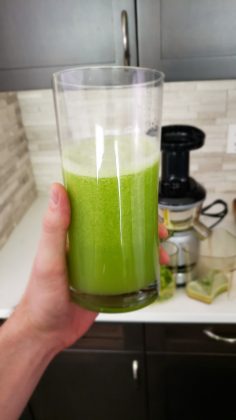
Despite its “handicap” (because it’s a vertical single-auger), the VRT330 proves that it can out-yield just about anything else that is price comparable.
Combine that with quiet operation and a bowl that’s super simple to clean, and you have a great “everyday” juicer for most homes.
Newbies to juicing that pick up the VRT330 will save themselves a bunch of headaches compared to lower quality no-name masticating juicers. That it is so well-engineered, in both performance and ease of use, makes it super beginner-friendly.
In the end, if you’re wanting a simple no-nonsense juicer that doesn’t ask you to give up small luxuries (such as being able to juice without waking up the entire household), you will be hard-pressed to find a price-comparable juicer that is as good or as easy to use as the Omega VRT330- vertical, horizontal, or otherwise.
Overall score: 8.5/10 – recommended!
Omega VRT330 Specifications
| Type | Masticating Juicer |
| Price | Under $275 |
| Juice Quality | High |
| Juice Shelf Life | 72 Hours |
| Motor | 80 RPM, ⅕ horsepower |
| Wattage | 150 Watts |
| Dishwasher Safe | No |
| Pulp Ejection | External |
| Chute Size | 2.25 x 1.5 inch (crescent) |
| Build | BPA Free Plastic |
| Design | Vertical/Upright |
| Color | White (VRT330W)
Satin (VRT330S) |
| Noise Level | Low |
| Warranty | 10 Years |
Get Yours on Amazon
When you make a purchase via one of our affiliate links, we may earn a small commission. We buy all the ingredients and juicers for our reviews and recipe posts and rely on this revenue to maintain our website. Thank you for supporting us 🙂
Some of the links I post on this site are affiliate links. If you go through them to make a purchase, I will earn a small commission (at no additional cost to you). However, note that I’m recommending these products because of their quality and that I have good experience using them, not because of the commission to be made.
Comments
Leave a Reply

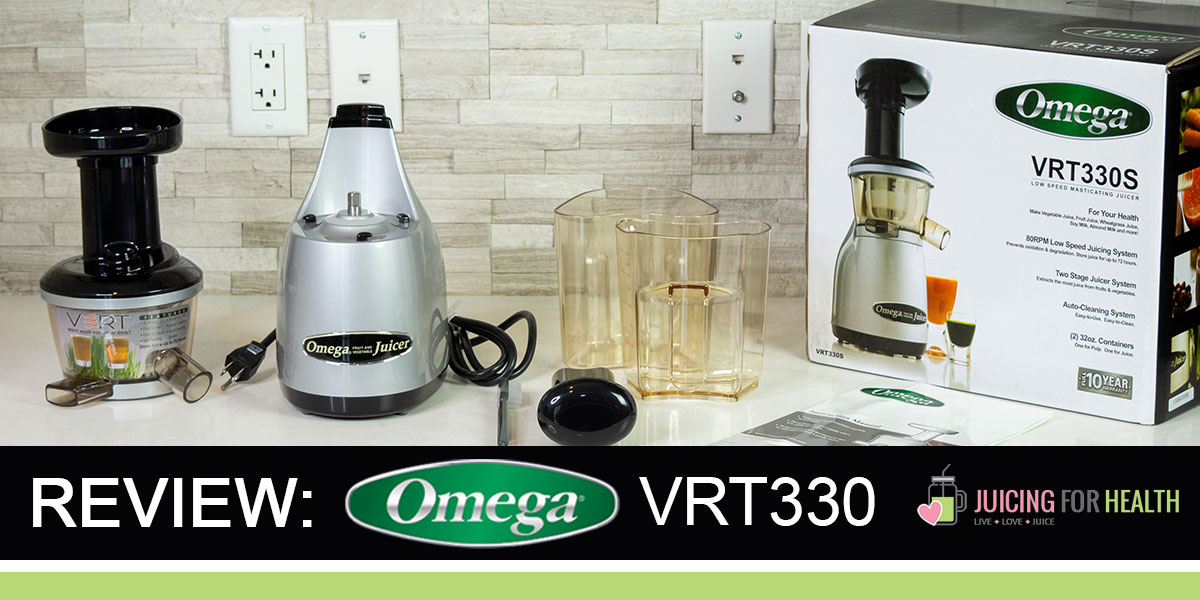
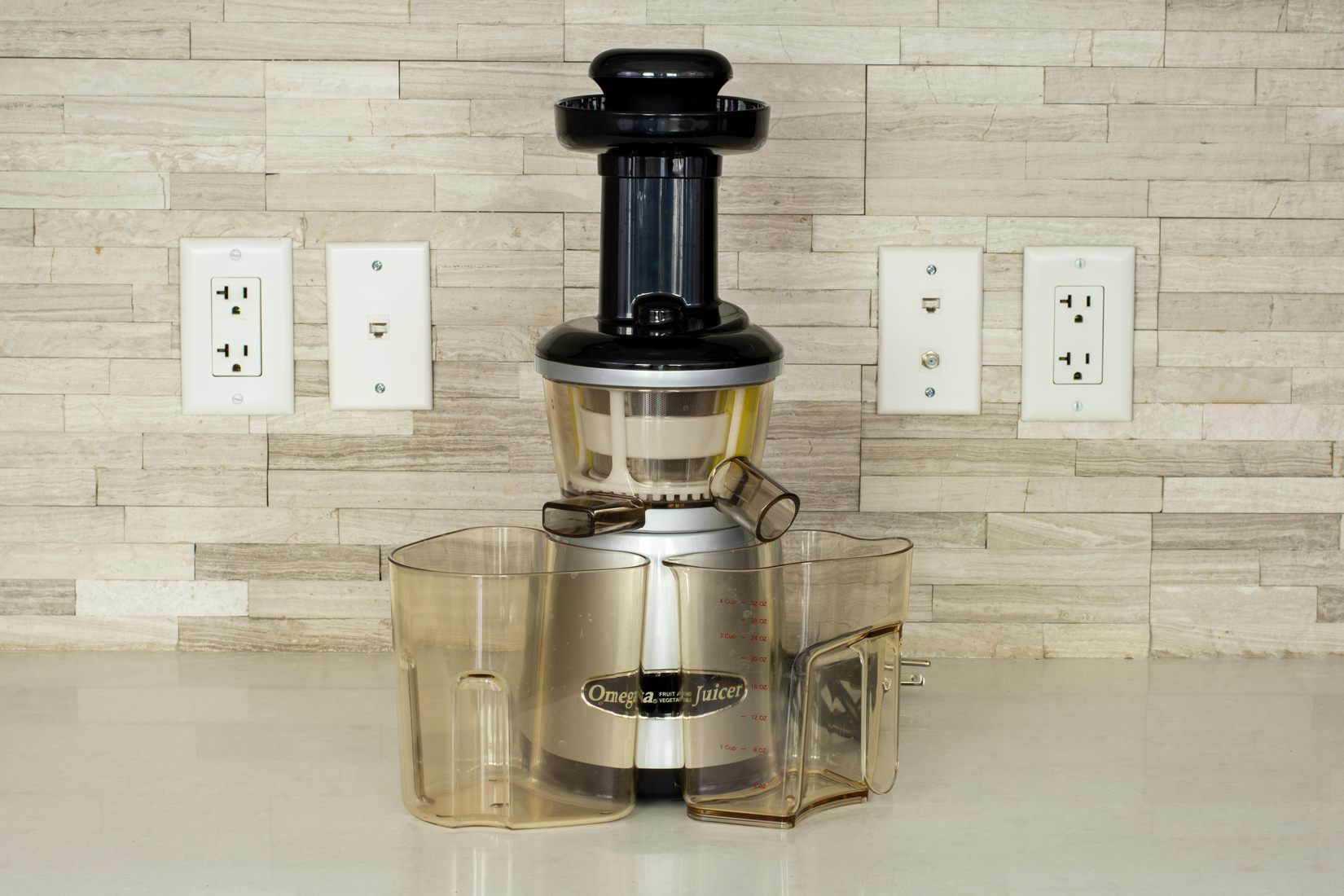
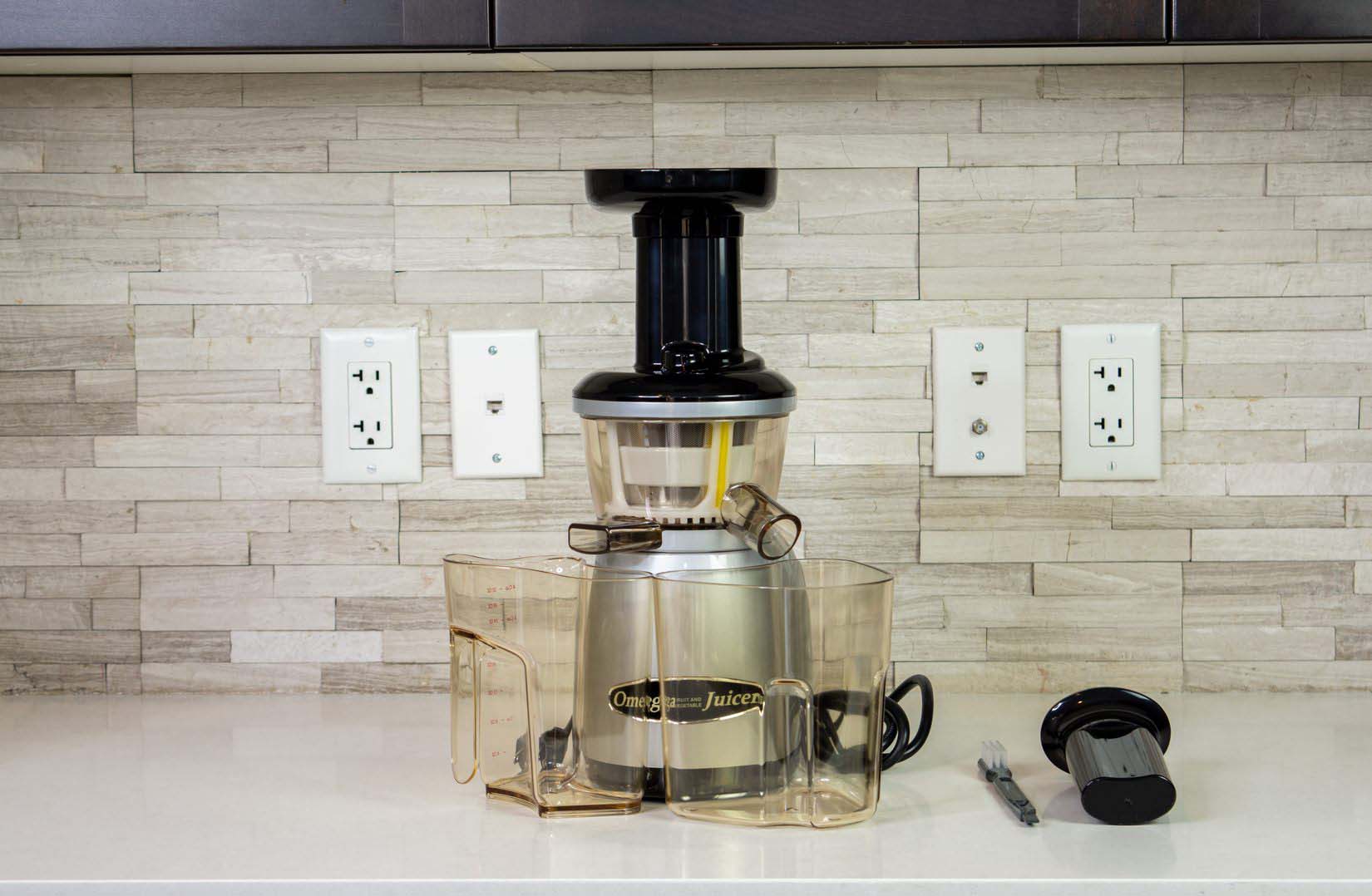
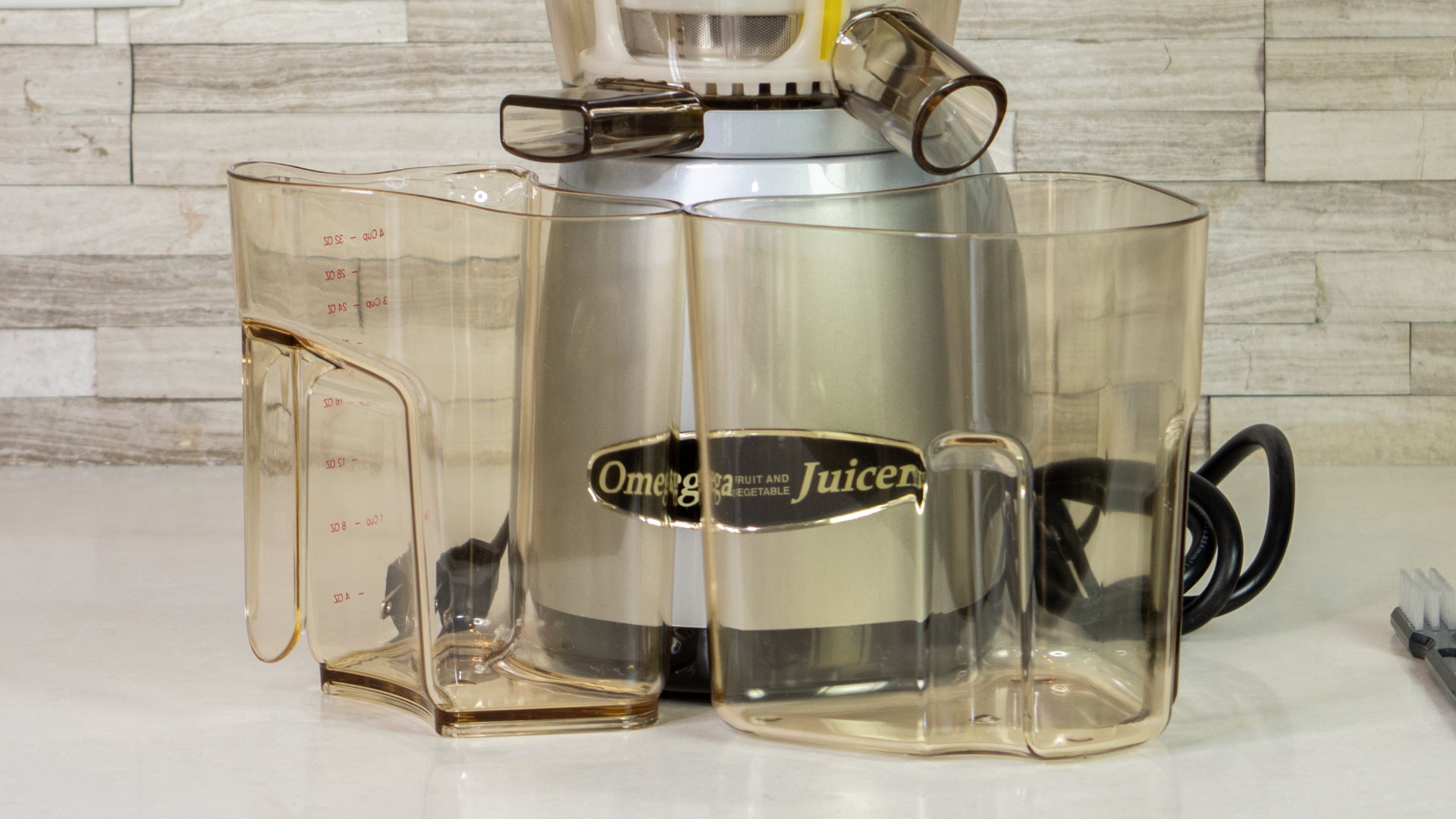
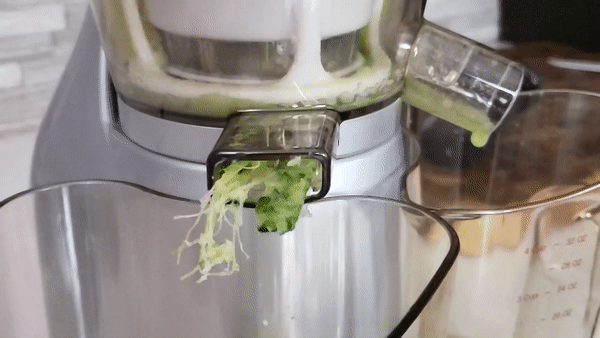
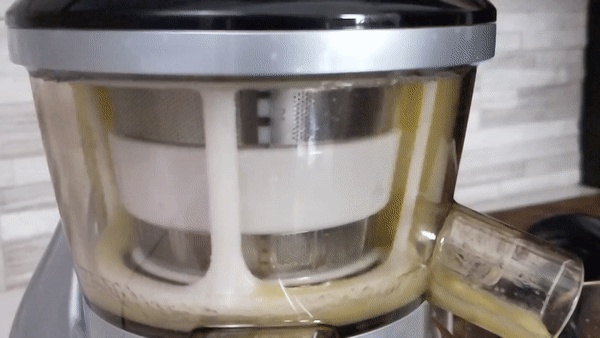
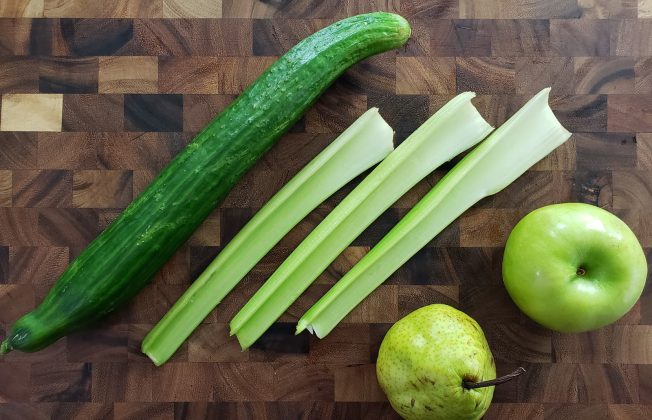
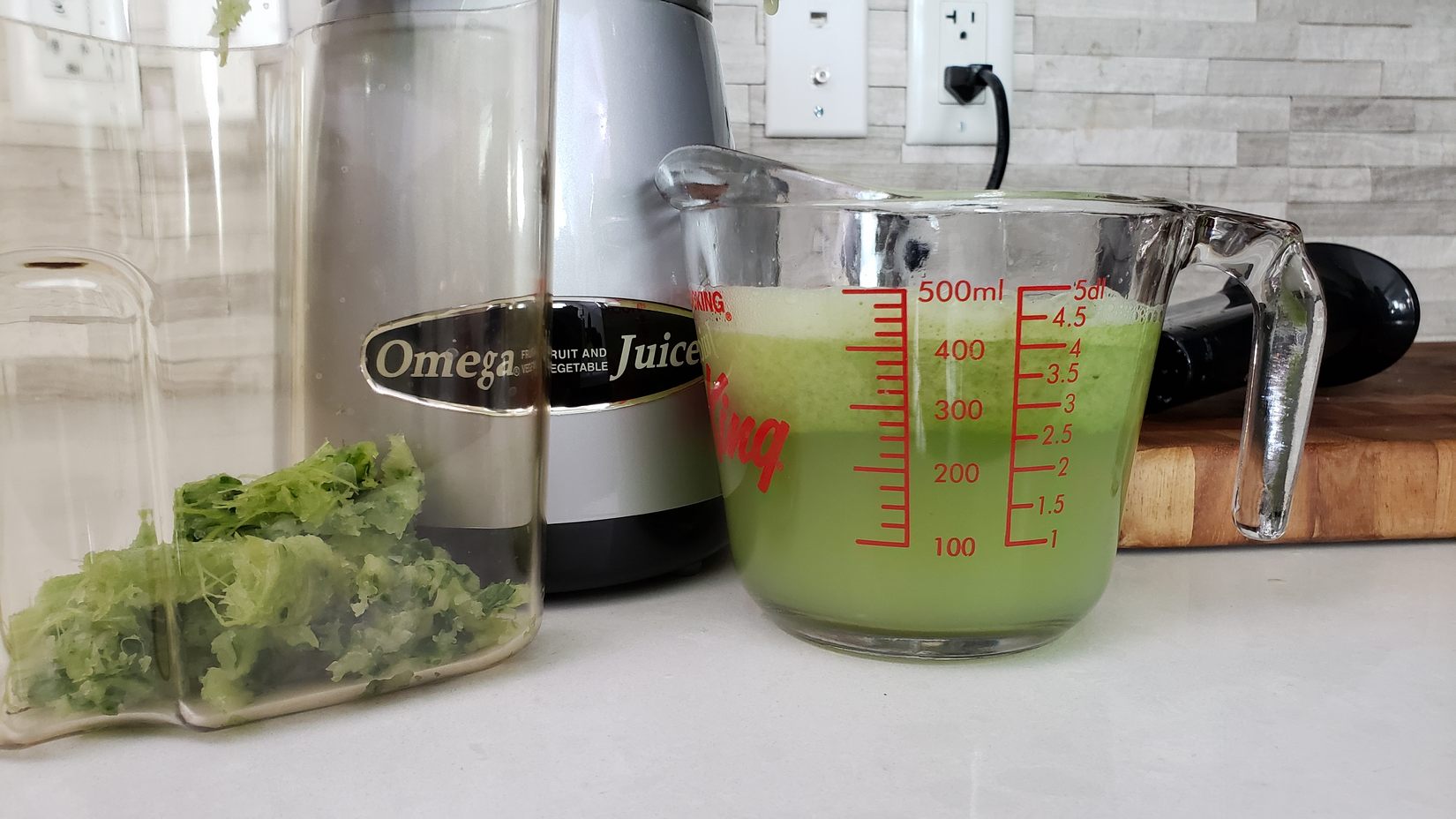

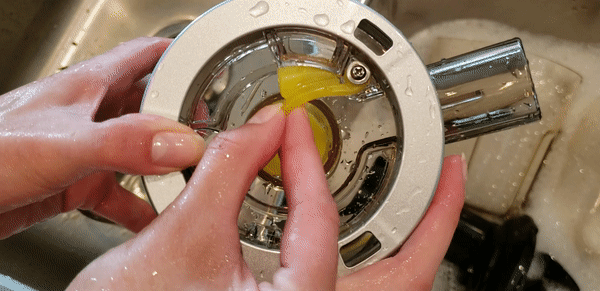
































 JOIN OVER
JOIN OVER
I must say this is best guide i never see before, most explained and best way to show.